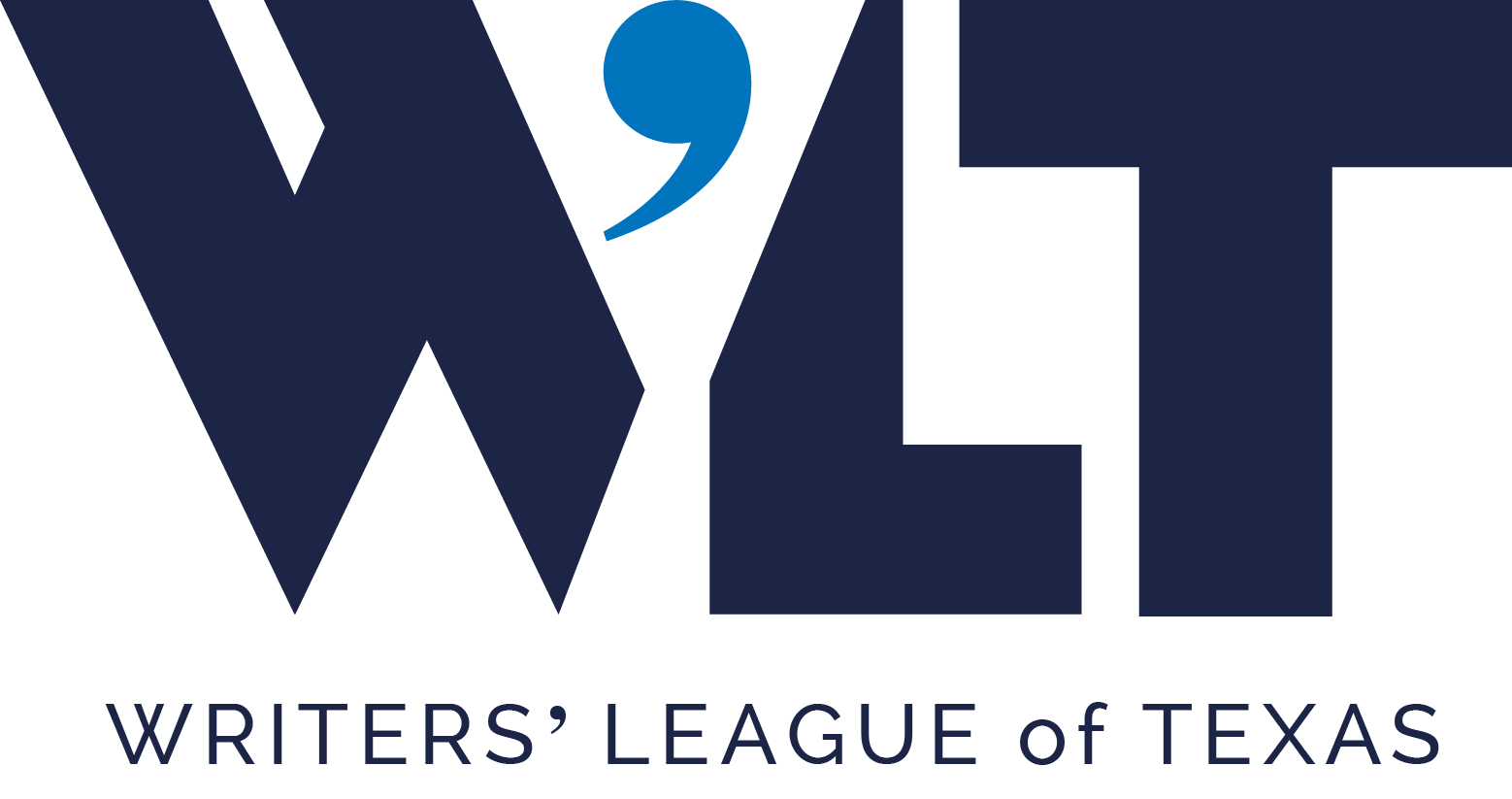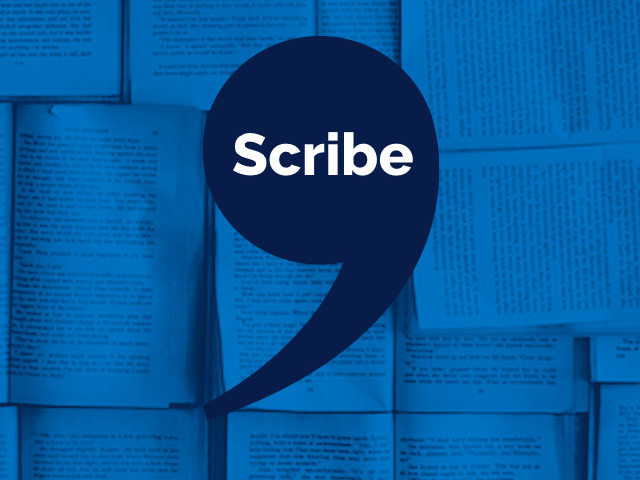“The best memoirs are always an interrogation of the self, the historical self, yes, but also the hidden, more mysterious aspects of the self.”
-Donna M. Johnson
Donna M. Johnson is teaching a class for the Writers’ League of Texas called “Deepening the Narrative: Moving Beyond the Self in Memoir” on January 14 at St. Edward’s University in Austin, TX. This class is for anyone who wants to learn how to add depth and resonance to their memoir. Read the interview below and visit the class page to learn more.
 Scribe: The title of the class is “Deepening the Narrative: Moving Beyond the Self in Memoir.” This might seem like a contradiction in terms to some people. After all, isn’t a memoir inherently about the writer? What does it mean to move beyond the self? Why is it necessary?
Scribe: The title of the class is “Deepening the Narrative: Moving Beyond the Self in Memoir.” This might seem like a contradiction in terms to some people. After all, isn’t a memoir inherently about the writer? What does it mean to move beyond the self? Why is it necessary?
Donna Johnson: The subtitle “Moving Beyond the Self in Memoir” could have easily read, “Moving Beyond the Historical Self.” I think the best memoirs are always an interrogation of the self, the historical self, yes, but also the hidden, more mysterious aspects of the self. For example, the fact that one day my daughter and I stumbled upon what became a dig site may be more important to my story than when and where I attended college, or how long I was on the dean’s list. This relatively inconsequential event may become a recurring motif in my story that makes the memoir about so much more than what happened to me. We’re talking about using the self as a way to explore the universal human experience.
Scribe: Can you give an example of a memoir that moves beyond the self? How does it do so?
DJ: H is for Hawk by Helen MacDonald. The author’s father dies at the opening of the book, but instead of writing about their relationship or her grief over his death, she focuses on training a goshawk, which she calls a killing machine. She tells the story of her relationship with the hawk and of how she enters into its bloody world. She also relates the story of the author T.H. White’s (The Once and Future King) attempts to train a goshawk. White is a sadist who, in trying to escape his sadism, ends up inadvertently torturing his hawk. The result of this book is a layered, complex story that speaks to how one very idiosyncratic person deals with grief and in part, about how we come to accept our place in the world. It’s also about how we humans interact with wildness.
Scribe: A lot of memoir drafts (and some published ones, too) run out of steam before they reach the end. Part of the problem seems to be that the writer has run out of story. This is probably a worry that some writers have. We tell our stories all the time, but no one ever tells a memoir-length story. What is it that memoirs need to do besides tell what happened?
DJ: I think memoir is really concerned with exploring what happened rather than simply telling what happened. My favorite personal narratives circle around a group of questions as Helen MacDonald does in H is for Hawk. One way to explore is to reflect directly on what’s going on. Another way is through the use of motif. As memoir writers we can’t write about something just because it happened. Yes, Aunt Hattie may have made that dress for you–but what does it mean? Why are you telling me, the reader, about it? What significance does it have in your story? What does it say about Aunt Hattie, about your family in general, about the part of the country from which your family originates? How does it relate thematically to your larger story?
Scribe: Will students in the class be reading excerpts from particular memoirs? Which ones can they look forward to learning from?
DJ: Memoir is such an exciting and experimental form. I haven’t made my final selections but I’m considering The Ticking is the Bomb by Nick Flynn, The Year of Magical Thinking by Joan Didion, and The Chronology of Water by Lidia Yuknavitch, as well as a few others.
—
Thanks, Donna!
Click here to register for Donna’s class.
Click here for our current class schedule.
About the Instructor
Donna M. Johnson is the author of Holy Ghost Girl, a memoir deemed “enthralling” by the New York Times and “compulsively readable” by Texas Monthly. The book made the Oprah.com Memoirs We Love list twice and took top honors at the Books for a Better Life Awards in New York. Donna’s work has appeared in several anthologies as well as the Huffington Post, Shambhala Sun, The Rumpus, Psychology Today and other publications. She is currently at work on a second memoir as well as a journalistic project.









